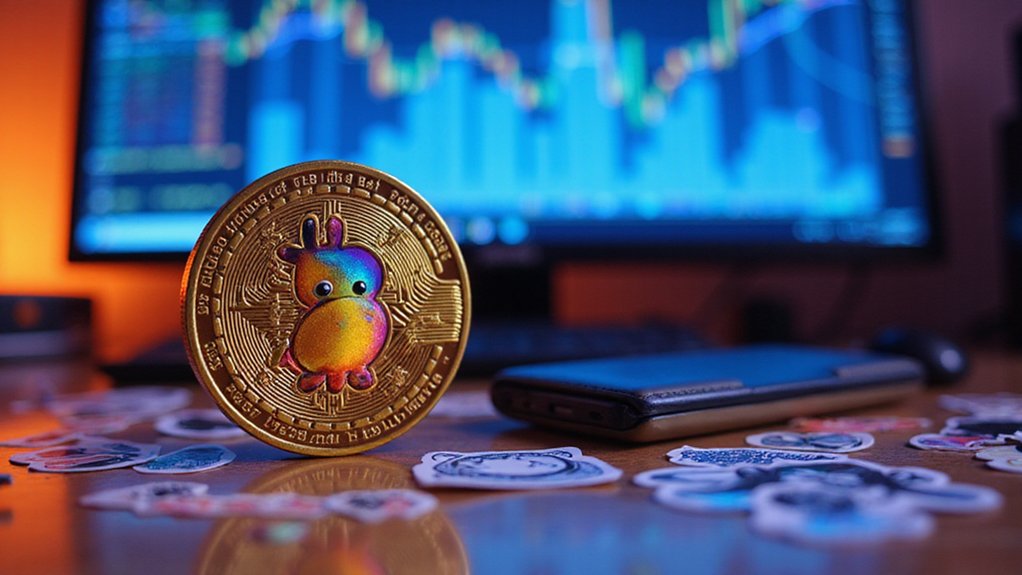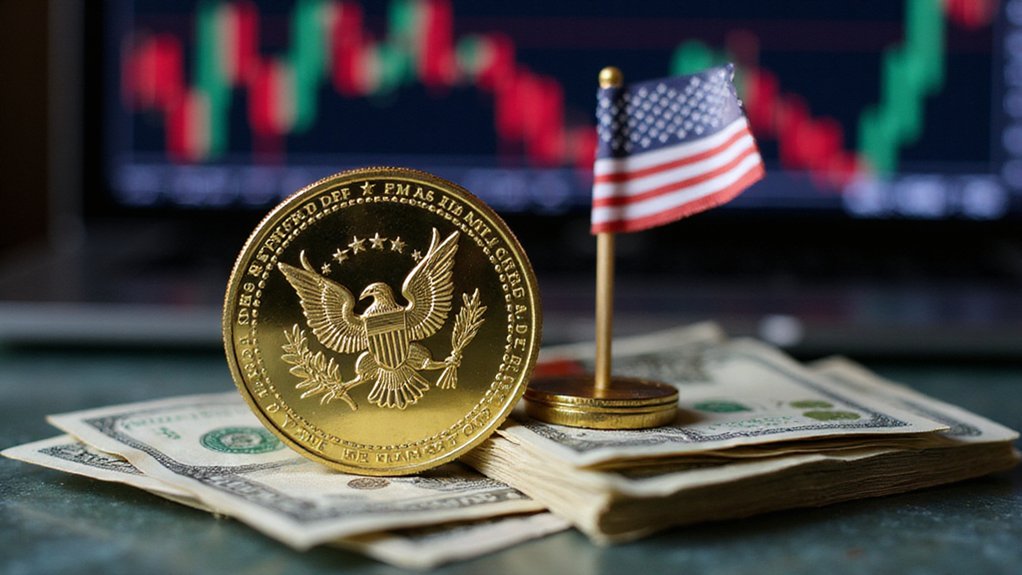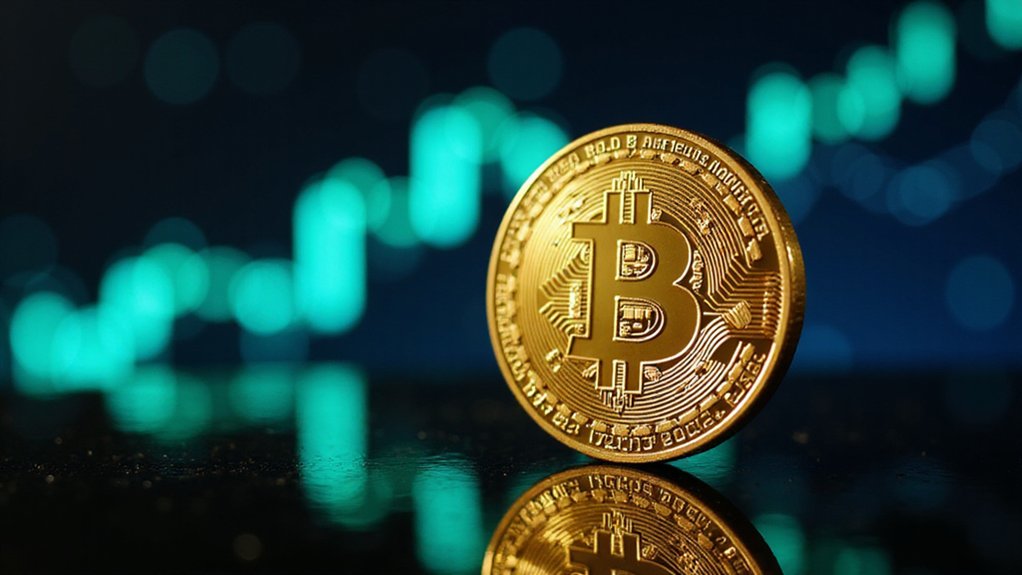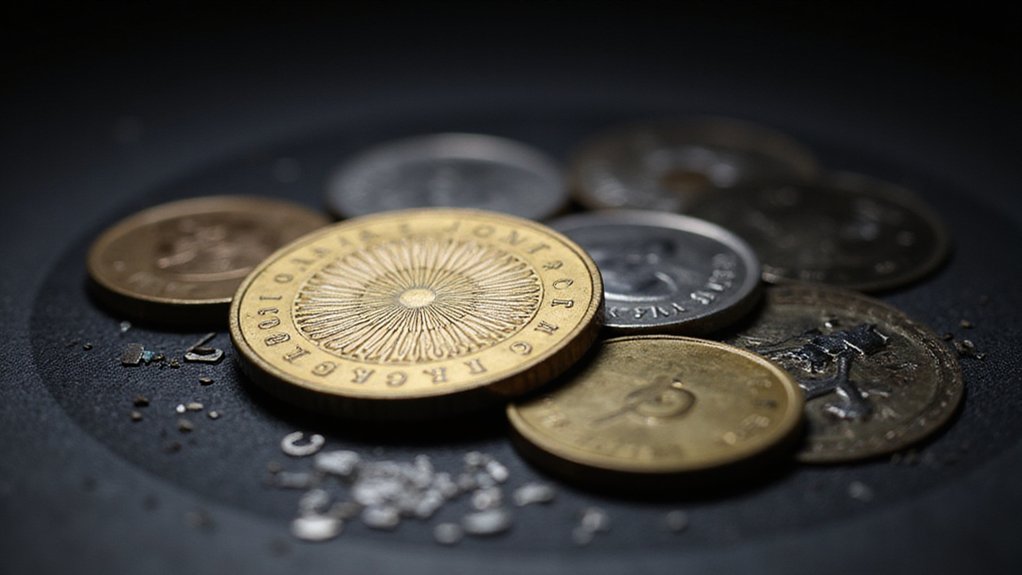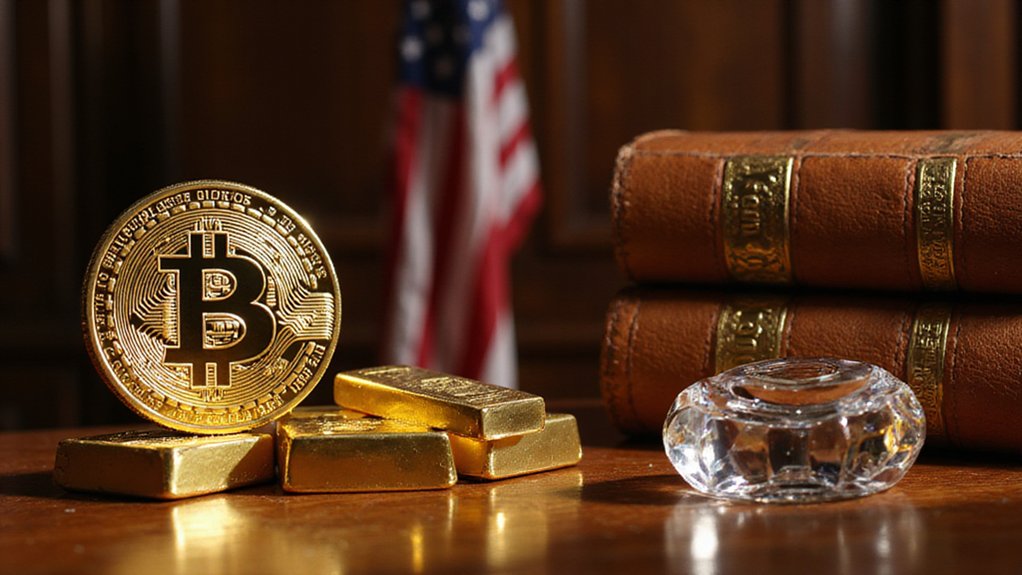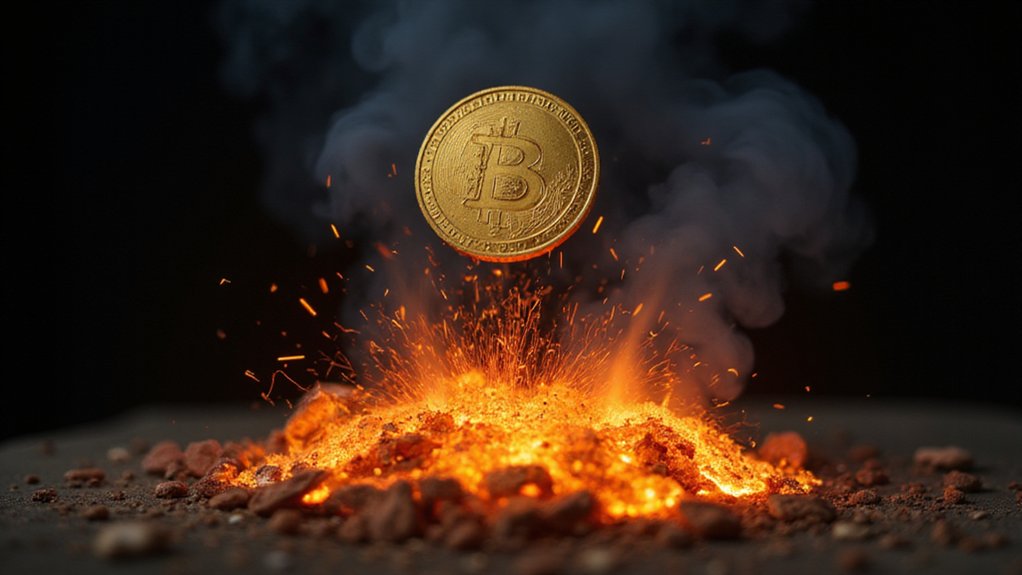Creating a meme coin requires selecting a culturally resonant touchstone (Doge, Pepe), choosing between utility or community speculation, and deploying on an appropriate blockchain—Ethereum for prestige, Solana for speed and lower fees. Successful launch demands a memorable ticker symbol, strategic supply mechanics, and aggressive social media campaigns across Twitter, Telegram, and TikTok. The modern crypto landscape rewards narrative potency over technical complexity, with community adoption representing the true determinant of success. The subsequent steps reveal how even novices can navigate this peculiar financial frontier.

Why has the cryptocurrency landscape—once dominated by utility-focused projects with ambitious technical roadmaps—become increasingly populated by tokens featuring cartoon frogs and misspelled dog references?
The answer lies in the democratization of token creation and the undeniable market appetite for narrative-driven assets that trade technical complexity for cultural resonance.
Narrative potency, not technical prowess, fuels today’s token market—where cultural resonance trumps complexity in the crypto landscape.
Creating a memecoin begins with conceptual groundwork: selecting a recognizable cultural touchstone (think Doge’s bewildered Shiba Inu or Pepe’s expressionist amphibian) and determining whether your token will offer utility or exist purely as a speculative vehicle for community participation. Before diving in, traders should establish a secure wallet to safely manage their investments and mitigate potential risks.
This narrative foundation—whether satirical, nostalgic, or subcultural—must possess viral potential to differentiate your offering in an increasingly saturated market.
Technical implementation follows conceptualization.
Blockchain selection proves critical: Ethereum offers prestige but demands prohibitive gas fees; Solana provides sub-second transactions at approximately 0.3 SOL per mint; Binance Smart Chain and Polygon offer cost-effective alternatives appealing to retail investors.
The blockchain you select inherently filters your potential audience.
Token design considerations include creating a memorable ticker symbol (brevity remains paramount), determining supply mechanics (fixed, deflationary, or inflationary), and establishing distribution parameters.
Nine decimal places has emerged as the curious standard for memecoins, though technical requirements permit variation.
Deployment mechanics vary by chain but generally involve connecting a compatible wallet to a generator tool or custom code implementation, defining parameters, and paying requisite network fees.
Post-deployment, establishing liquidity pairs on decentralized exchanges (Uniswap, Raydium, PancakeSwap) creates the initial trading environment.
The ultimate success determinant, however, remains marketing execution.
The most technically sound memecoin will fail without community adoption.
This necessitates coordinated social media campaigns across Twitter/X, Telegram, and increasingly TikTok, complemented by strategic airdrops to early adopters.
Many creators leverage token creation platforms that provide user-friendly interfaces for simplified deployment without requiring advanced programming knowledge.
For aspiring creators, the intersection of cultural literacy and blockchain fundamentals offers a curious playground where internet ephemera transforms into tradable assets—a modern alchemy where jokes become market caps and community sentiment dictates financial outcomes.
Solana has become particularly popular for meme coins due to its cost efficiency and the success of tokens like WIF and BONK, which have demonstrated the platform’s potential for viral growth.
Frequently Asked Questions
What Are the Legal Implications of Launching a Meme Coin?
While meme coins typically evade securities classification under the Howey test (sparing creators from SEC registration requirements), legal implications remain substantial.
Founders face potential fraud enforcement actions, civil liability in private lawsuits, and must navigate financial regulations beyond securities laws.
The regulatory landscape demands transparency about the coin’s speculative nature, as authorities maintain vigilant scrutiny despite non-security status.
Compliance becomes a delicate dance—one that requires clear guidelines and scrupulous avoidance of misleading marketing practices.
How Much Does It Typically Cost to Create a Meme Coin?
Creating a meme coin typically costs between $3,000-$20,000, with significant variability.
The baseline includes smart contract development ($1,000-$5,000), deployment fees ($50-$1,000 depending on blockchain), and basic branding ($500-$3,000).
Additional expenses accrue through security audits ($3,000-$10,000), marketing campaigns ($1,000-$10,000), and exchange listings ($500-$50,000).
Ironically, while technical barriers remain relatively low, properly funding a meme coin’s ecosystem requires substantially more capital than most aspiring crypto-entertainers anticipate.
Can Meme Coins Be Converted Back to Traditional Currency?
Meme coins can indeed be converted to traditional currency through several mechanisms.
Centralized exchanges like Coinbase offer direct conversion to USD, while DEXs facilitate swaps to stablecoins as an intermediate step.
P2P platforms provide direct user transactions, albeit with variable liquidity.
The process typically requires compatible wallets, incurs gas fees (particularly for ERC-20 tokens), and often necessitates KYC compliance—all while managing the inherent volatility that can evaporate value mid-conversion (a lesson many “moon” enthusiasts learn the hard way).
How Do You Market a Meme Coin Effectively?
Effective meme coin marketing requires a multi-pronged approach combining community building, viral content creation, and strategic influencer partnerships.
Projects should cultivate engaged communities across Twitter, Discord, and Telegram while incentivizing user-generated content.
Developing a distinctive, shareable mascot or identity that resonates with internet culture proves essential, as does timing exchange listings to coincide with peak hype cycles.
Strategic micro-influencer collaborations often yield better ROI than celebrity endorsements, particularly when coupled with measurable tokenomics and momentum-building mechanisms.
What Happens if Your Meme Coin Fails to Gain Traction?
When a meme coin fails to gain traction, investors typically face catastrophic losses—with 97% of these speculative assets evaporating into the digital ether.
The token’s value typically plummets by up to 90% within a quarter, as market saturation and ephemeral hype give way to disinterest.
Beyond financial devastation, failed projects damage community trust, attract regulatory scrutiny, and often trigger a domino effect on similar tokens.
The aftermath frequently includes negative media coverage and, ironically, a healthier shift toward more substantive projects.
